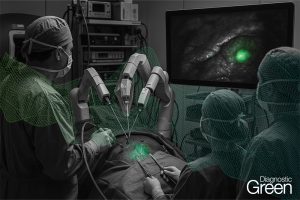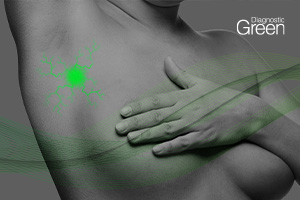During pancreatic resections assessing tumour boundaries and identifying the ideal resection margins can be challenging due to the associated pancreatic gland inflammation and texture. This is particularly true in the context of minimally invasive surgery, where there is a very limited or absent tactile feedback.
Indocyanine green (ICG) fluorescence imaging can assist surgeons by simply providing valuable real-time intraoperative information at low cost with minimal side effects. This meta-analysis summarises the available evidence on the use of near-infrared fluorescence imaging with ICG for the intraoperative visualization of pancreatic tumours . Six studies with 7 series’ reporting data on 64 pancreatic lesions were included in the analysis. MINOR scores ranged from 6 to 10, with a median of 8. The most frequent indications were pancreatic adenocarcinoma and neuroendocrine tumours. In most cases (67.2%) ICG was administered during surgery.
ICG fluorescence identified 48/64 lesions (75%) with 81.3% accuracy, 0.788 (95%CI 0.361–0.961) sensitivity, 1 (95%CI 0.072–1) specificity and positive predictive value of 0.982 (95%CI 0.532–1). In line with the literature, ICG fluorescence identified 5/6 (83.3%) of pancreatic lesions during robotic pancreatic resections performed at our Institution. This meta-analysis is the first summarising the results of ICG immunofluorescence in detecting pancreatic tumours during surgery, showing good accuracy. Additional research is needed to define optimal ICG administration strategies and fluorescence intensity cut-offs.
https://www.hpbonline.org/article/S1365-182X(22)00138-1/fulltext




